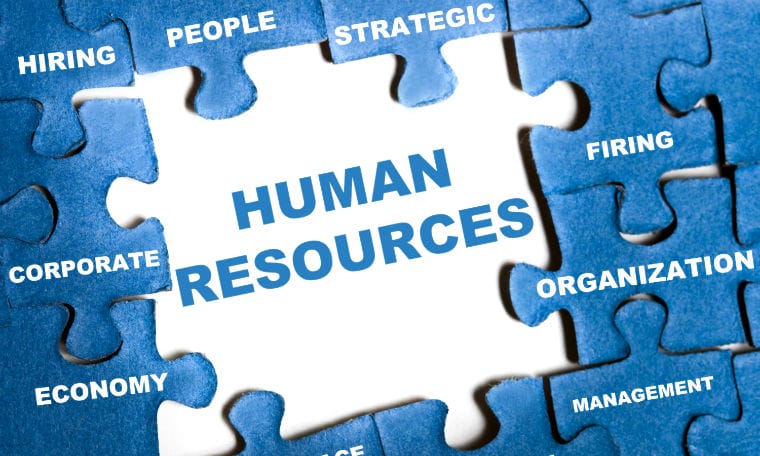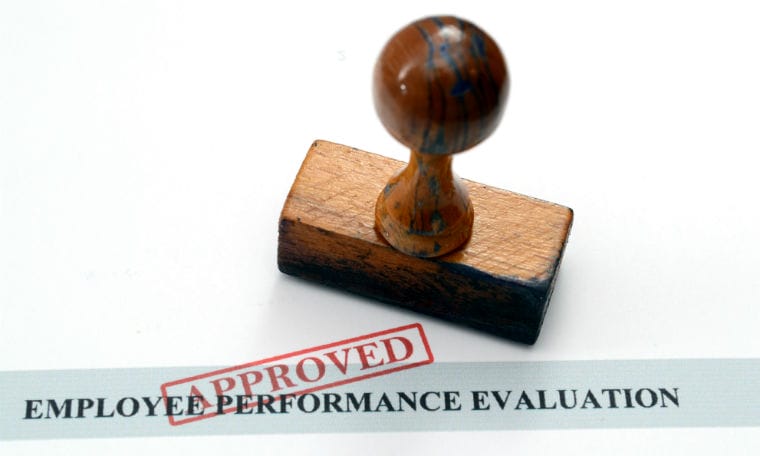Consulting giant Deloitte is putting serious cash behind its stated priority of training and development. Many companies have hoarded money in an uneven economy, but the New York-based firm is dipping into its profits to build Deloitte University, a $300 million “learning and leadership development” campus near Dallas.
Slated for completion this summer, Deloitte University will feature 35 classrooms, each outfitted with technology for interactive learning. The 712,000-square-foot complex also will be self-contained, including 800 hotel rooms on site to house visiting Deloitte employees who attend training. The company plans to hire a hospitality management vendor to operate the hotel.
Deloitte University’s primary purpose will be to help consultants buttress their technical proficiency with leadership, collaboration and team-building skills, says Bill Pelster, a Deloitte managing principal for talent development, who is based in Seattle. More than 45,000 consulting professionals make up Deloitte and its U.S. subsidiaries. Worldwide, the company has nearly 170,000 employees.
Deloitte consultants specialize in highly technical fields, such as tax accounting, auditing and risk management, corporate financial advice and regulatory/legislative matters. They also have expertise in selected business sectors.
It is unusual for consulting firms to adopt the corporate-university concept, says Sue Todd, president of the Mechanicsburg, Pennsylvania-based Corporate University Xchange, a research and advisory firm. In fact, Todd says most consultancies still cling to older models in which consultants specialize strictly in one strategic area.
However, the need for continuous learning by technical professionals is greater than ever and likely to remain so given the rapid pace of the changing business climate.
“Consulting firms are slowly finding the models they’ve used to define jobs need to be significantly expanded. Either they get more value from their consultants, or they risk losing whole hunks of business to competitors,” says Todd, whose organization is not directly involved with Deloitte University.
Still, it is unusual for companies in the current economy—even large concerns like Deloitte, which posted global revenue of $26.6 billion in 2010, up 1.8 percent—to sink vast sums of money in a physical learning campus. But Deloitte has been transforming the learning curricula across its varied lines of business, including switching last year from a regional to a national model for talent management. Construction of the leadership center dovetails with that effort, officials say.
As the most visible outgrowth of the strategy, Deloitte University will sprawl across 107 acres in Westlake, Texas. When operations begin—probably in October—it will deliver 1 million hours of training per year, or roughly one-third of all Deloitte’s U.S. training.
All told, more than 420 learning programs are scheduled during the first year of operation.
“It embodies our commitment to developing professionals in a much more dynamic way” than traditional learning formats, Pelster says.
Deloitte University plans to jettison traditional learning methods. Lecture-based learning is out. Instead, interactive training activities will force employees to anticipate hypothetical problems and devise solutions as a group. Computer-simulated business scenarios, case studies and role-playing will be the norm.
The participatory format should help consultants see things from a client’s point of view—an important attribute when addressing business issues fraught with ambiguity and complexity, Pelster says.
Some of Deloitte’s U.S. partners, managers, and executives will serve as instructors at the Dallas campus, facilitating small groups of cross-disciplinary teams and providing feedback. For roughly every five participants, one Deloitte leader will be on hand as a sounding board.
“It’s basically a leadership laboratory that gives us the opportunity to see how teams react, and then provide immediate feedback on their decisions. It’s important that our leaders be in the classrooms to teach and mentor the next generation of Deloitte professionals,” Pelster says.
Deloitte decided to invest money in a learning campus largely because it will provide flexibility in how learning is delivered, Pelster says. Video and other interactive technologies are being installed to connect classroom learners with colleagues in Deloitte offices, including another learning center in India. Classrooms also can be reconfigured to accommodate different types of learning events, Pelster says.
It’s not a true corporate university, however, in which employees can choose to enroll in professional courses. Rather, participants will be invited to attend by business units or sponsors of specific learning programs.
Deloitte’s sizable investment also comes amid growing optimism by senior executives, 70 percent of whom expected to spend more on all types of capital projects during the first quarter, according to a February survey by the Corporate Executive Board in Arlington, Virginia. That’s up from 52 percent in the fourth quarter of 2010.
Deloitte isn’t alone in pouring money into a building dedicated to employee development. This year, Planned Cos. is celebrating the second anniversary of its 2,000-square-foot interactive educational facility. The company, which provides building management and maintenance services at commercial and residential properties, built the $200,000 center next to its headquarters in Parsippany, New Jersey.
It features 14 workstations, each providing simulated exercises on a specific area of building management. A front-desk module, for example, enables employees to watch a live feed from a luxury condominium in Jersey City. “It lets them visualize what it means to man a front desk in a professional manner,” says Robert Francis, president and CEO of the company his family has owned for four decades.
Planned Cos. uses the facility as a retention tool for existing customers, as a sales tool to persuade new prospects, as well as a way to improve employees’ skills and help them plan their careers, Francis says.
The learning center also helps Planned Cos. hold onto its employees—a key goal in an industry with volatile turnover. “The higher our retention rate, the more it helps our bottom-line productivity,” says Francis, whose company’s efforts at career development earned it the 2010 Optimas Award for Vision from Workforce Management.
Even with the rise of e-learning and virtual technologies, Deloitte placed a high value on having its own leadership campus. The decision to build Deloitte University came after extensive internal research, including surveys across its multigenerational workforce. Pelster was surprised to find that throughout the company, including millennial employees, support for a physical learning facility was strong.
“It’s one place we’ll all go at key milestones in our careers, and it’s one place we’ll all have in common,” Pelster says.
Workforce Management Online, March 2011 — Register Now!



 Disruptive events, such as recessions, cause organizations to re-examine taken-for-granted ways of working. In these periods, there is a unique opening to restructure working relationships in more productive ways—before managers and employees once again settle into more stable patterns. And therein lies the opportunity to leverage a downturn to create positive changes that can serve your organization well—now and in the future.
Disruptive events, such as recessions, cause organizations to re-examine taken-for-granted ways of working. In these periods, there is a unique opening to restructure working relationships in more productive ways—before managers and employees once again settle into more stable patterns. And therein lies the opportunity to leverage a downturn to create positive changes that can serve your organization well—now and in the future.




